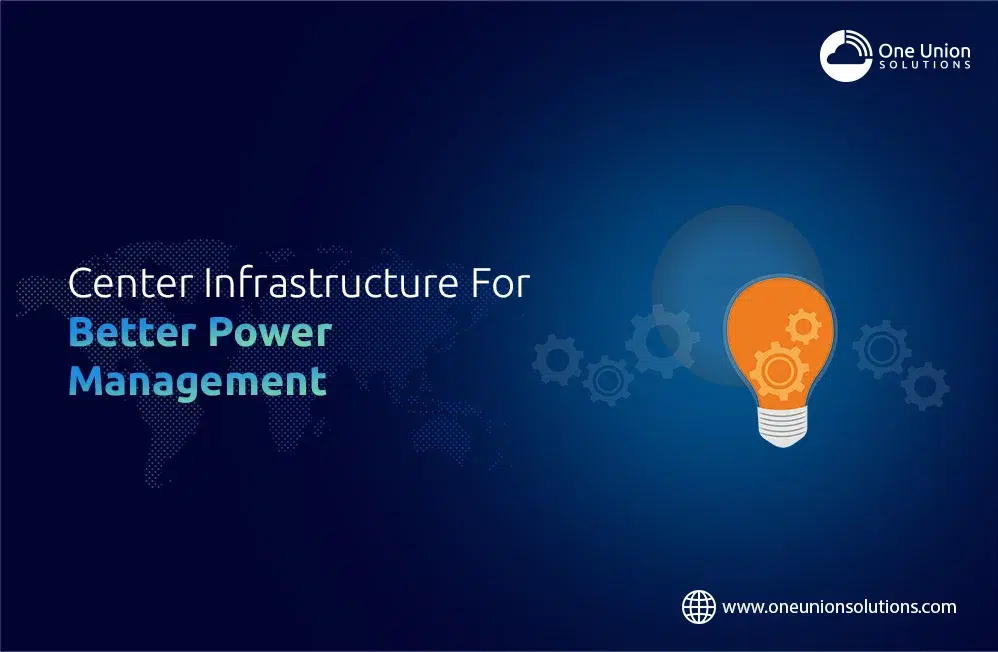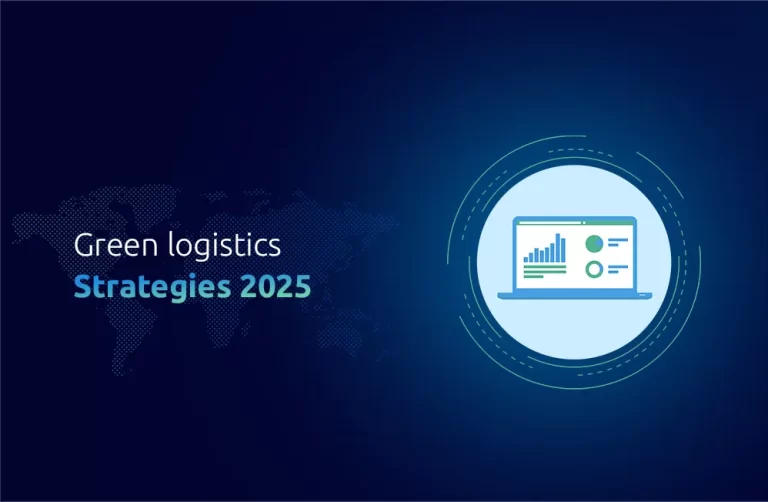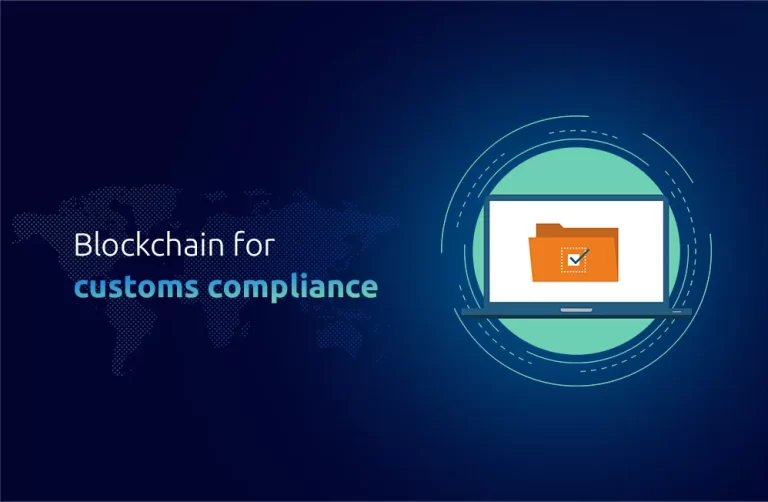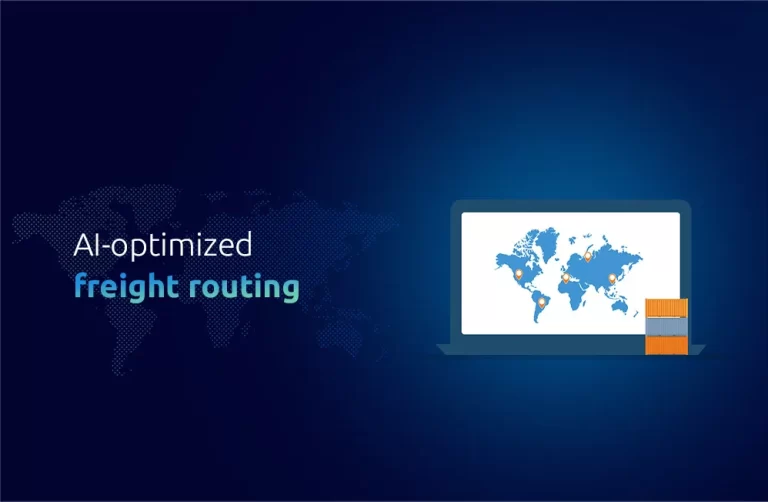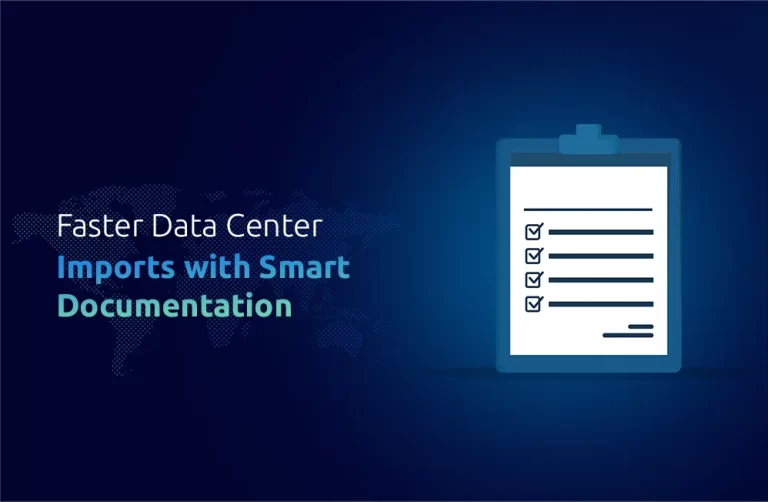Even though data centers are a cornerstone of today’s information economy, their management requires a lot of power usage. A 2015 survey highlighted that the data centers consumed 3 percent of the total world’s power supply. According to the prediction, by the end of this decade, the data centers like the internet and cloud services will be needing 30 percent of the energy supply globally.
The main reason for this growing need for power supply for data centers is the increase in the larger facilities that sometimes may consume as much energy as a small town. Older facilities are not very efficient and may waste some energy. As the need for larger facilities is increasing day by day the operators are now identifying how to meet the demand through new construction and maximum utilization of the existing infrastructure.
Tools to Manage and Monitor Power Supply to Ensure the Efficiency of the Data Centers
One of the best ways to reduce the power supply is by monitoring and managing the existing infrastructure in a better way. Several products can reduce the consumption of energy, minimize the impact on the environment and ensure efficient power monitoring in the data centers.
- Virtual Control Equipment: When virtual techniques are used to keep control of the equipment in data centers, it reduces the need of keeping certain equipment. Therefore, reduces energy consumption. It also allows the data center to operate at a higher temperature which further reduces energy consumption.
- Data Center Infrastructure Management: DCIM software can help companies manage, monitor, and control the resources and energy use of data center facilities. DCIM systems are implemented by CPG to support the monitoring and control of resources and energy.
- Some other Energy Management Tools: Energy distribution units that are intelligent can help in the control of power consumption. They also use some sensors that are installed to check environmental impact. Gartner identifies that as a one-degree baseline temperature is increased there is a four percent decrease in energy consumption. Power usage can also be reduced by advanced climate control technologies. Heat management measures can also play a vital role in this regard. Other than energy management some ways can help in a cost-effective cooling of the data centers
Understanding Power Distribution for Power Management
It is necessary to familiarize yourself with basic terminologies for electrical systems. This will help you understand other critical features of power management. Listed below are some basic norms in power systems.
Amps: This is the measure of real electrical current moving through a power line. Devices have a grade based on the number of amps they can use or support. A big amp rating means more electricity can be used before overloading.
Volts: It measures how much electromotive force is required to send an amp. Electricity flows through a wire or electrical conductor. Higher voltage means more power is moved to a device. It can be compared to water pressure in a pipe.
Ohms: This refers to the resistance that slows electrical current. Consequently, this causes impediments. Lower ohms mean more current flows through the circuit. This requires a higher voltage to send extra amps. It can be differentiated from changing the size of pipes in water systems.
Watts: It measures the electrical power obtainable to be used by a device. It is measured in kWh/MW. A common server rack requires about 7 kW. But high-power density racks also need a huge amount of electricity. Irregularly as much as 25 kW to 40 kW.
ACS Aisle Containment
There are two types of aisle containment hot and cold. CAC cold containment and HAC hot containment systems focus on installing barriers like divisions and doors to help manage the flow of air and keep the temperature under control. Cold Aisle Containment uses fresh air and does not allow it to mix with warm air. It also focuses on maintaining the flow without any obstruction from the equipment around the servers to keep the air fresh and cool. Hot Aisle Containment is considered more cost-effective that can save up to 40% of the energy consumption in comparison to CAC. Hot Aisle Systems use the natural law of hot air rising above the cool air. The HAC then aims to send the hot air to AC outlets. There is also a 13 percent decrease in the PUEs scores when HAC systems are in use.
Reusing the Excess Heat
The reuse of the heat generated by the data centers has been a main focus of the facilities for the past several years. Many huge companies are recycling the heat of their data centers for many useful purposes, e.g. Amazon, IBM, and Facebook. Despite the focus, very few companies are taking some technological initiatives in this regard. Several Eco-friendly tasks can be performed using the heat released by the data centers. Using the excess heat to keep the neighboring homes warm in winter has been a primary measure taken by the data center facilities. For example, in Norway, a data center DigiPlex is reusing heat generated by its facility to heat 5000 apartments in Oslo.
Natural Cooling Systems
These free systems use the fresh air from the outdoors to cool the servers. It can save a lot of costs and can work efficiently. Several systems can help use the fresh air to cool the data centers. These types of systems are specifically practiced in areas where the outdoor temperatures are cold.
Looking for professional data center services? Contact our data center professional for free consultation.

